Anyone who questions whether acting is a craft needs to spend a little time with the cast of a play like Stick Fly, which opened to rave reviews this past winter at the Cort Theatre on 48th Street. Produced by Alicia Keys and directed by Kenny Leon, Lydia Diamond’s engaging family drama explores themes of race and class through the story of an upper-class African-American family. While this may be unfamiliar territory for most Broadway theatergoers, the two male leads of Stick Fly are instantly recognizable. Mekhi Phifer (ER) and Dulé Hill (The West Wing and Psych) rank among the most beloved and talented ensemble television actors of our time. Hill is an old hand where Broadway is concerned, while for Phifer Stick Fly marks his debut. EDGE Assignments Editor Zack Burgess met with the co-stars before a performance at the Cort over the holidays. Three-way Q&A’s can be tricky—especially with so much ground to cover—but as usual, Zack just pointed his subjects in the right direction and they took it from there.
EDGE: Did either of you have a professional relationship with Alicia Keys prior to this production of Stick Fly? Dulé Hill: No. But I have always been a fan of hers. Who’s not a fan of hers? Mekhi Phifer: I knew her, but of course not to the level of our friendship since this project got started.
DH: I had done a version of Stick Fly about five years ago in L.A. It was a staged reading with mikes. It kind of reminded me of old-school radio. It was fun. I hadn’t thought about it since then, and then I got a call back in the summertime to do a project. I knew they had an offer out to Mekhi, which really piqued my interest. Once I was told the name of the play, I said I’m in. Alicia’s involvement was the icing on the cake.
EDGE: You both have done lots of television and film work so you have a good background in terms of shared experience. The exception is probably that Dulé has spent time on the Broadway stage. Mekhi, how has Dulé helped you adjust to performing on stage?
MP: Dulé has done Broadway four times. I’ve never done a play, so I’ve asked him a lot of questions. It’s always helpful to be surrounded by people who are veterans and who are good at what they do—who know what is entailed in making this thing work. Being able to go to Dulé was very helpful for me to get acclimated to this environment.
DH: Remember that the other pieces have mostly been musicals. This is only the second produced play that I have done. So it’s still kind of a new world for me. I’m not going to be putting on any tap shoes or singing.
EDGE: Dulé, what did you see as Mekhi’s immediate strengths in terms of stagework when you guys started rehearsals back in the fall?
DH: It comes down to being a brilliant actor. He brings it every time. That’s the case whether he’s on ER playing Dr. Pratt or the star of Paid In Full, coming on Psych or playing Flip in Stick Fly. That alone is it. Having those skills. There are things you have to do when you’re dealing with the stage versus film and television, and Mekhi took everything in, learned and adapted. He asked questions and processed information very quickly. You wouldn’t know that this is the first play he’s ever done. I really respect him for that.
EDGE: Dulé, are there any parallels between the LeVay Family in Stick Fly and your own experience growing up in New Jersey?
DH: I grew up in a middle-class family, although I don’t think we had anywhere near the type of money of the LeVays. But I definitely relate to the LeVays’ dysfunction. I have a great family, but we have our level of dysfunction, too. There are things we don’t talk about. We don’t always address issues when we should and they end up simmering underneath and then exposing themselves in other areas.
EDGE: What about similarities to your character, Spoon?
DH: Spoon is trying to figure out where he wants to go in life. And that is foreign to me because I started doing theatre at the age of ten, and started tap-dancing when I was three. I’ve always been on a journey of self-discovery and owning who I am as Dulé—not trying to fit into the mold of what other people think I should be. Spoon doesn’t own his vision. He starts to figure it out during the play, but in a way his family never supported him or gave him the opportunity to really find out what he wanted to do. I’m very thankful that my parents supported me, exposed me to new experiences and let me find where I want to go in life.
EDGE: Is that what Stick Fly is about?
DH: It’s about family dysfunction, self-identity…and daddy issues.
EDGE: Daddy issues in what respect?
DH: The idea that, when you’re a child, your father is perfect. For instance, I love my dad to death, but growing up there’s this issue of trying to fit into the mold of who you think you should be because of your father. Then one day you realize that your father is a man just like you. He has his own faults and Achilles’ Heel.
MP: My character, Flip, emulates his father. He’s a doctor, like his dad. He’s just living life. He’s off the cuff. Flip has what is seemingly a closer relationship with his father than the one Spoon has. But I think what makes Dulé’s character stronger than mine in certain respects is that Flip took the more accepted route by becoming a doctor.
EDGE: What was your family background like, Mekhi?
MP: I grew up in a single-parent home and never met my Dad. At the same time, my mother was a schoolteacher, a dancer and a choreographer. She always stressed academics, but she was also about the arts. There was never one way to do something. She favored an obtuse way of thinking versus an acute way of thinking. So my mom wanted me to have great grades and she looked over my homework. But she was always supportive of the arts. So when I was a kid and I would do little talent shows, or rap in freestyle and battles, she was always very supportive.
EDGE: What nuggets of wisdom have you guys picked up from your co-stars over the years?
DH: We’ve worked with phenomal co-stars.
MP: I agree, we’ve both been blessed to work with some dynamite co-stars.
DH: On The West Wing, Martin Sheen used to say to me, “It’s got to cost you something. If it doesn’t cost you something, then it’s meaningless.” Whether it’s the journey of the character or you as an individual, you really have to put yourself into it. Something—time, energy, whatever— has to be sacrificed if you’re going to have a successful career. For example, if I’m hanging out all night partying and then try to come on stage the next day, it’s just not going to work. You have to make choices and say, “This is where I want to go. This is what I want to do.” That always stuck with me. What also struck me about Martin was his humanity, how personal and gracious he was with everybody. I try to take that part of him and apply it to my own life.
MP: The first piece of advice that really stuck with me came while I was doing my second film, Tuskegee Airmen. Laurence Fishburne told me then that “less is more”— especially when you’re dealing with film and television. Another piece of advice I got was from Bill Cosby. He said somebody had asked him what was the key to success, and he said he didn’t know, but he did know the key to being unsuccessful, and that’s trying to please everybody. Those two poignant statements have stuck with me throughout my career.
EDGE: From Martin Sheen and Laurence Fishburne we move on to Jon Lovitz…Mekhi, what do you take away from a crazy comedy like High School High?
MP: Jon Lovitz was wonderful. We were all young in that movie and I always remember him being so nice. He was extremely successful at that point, just coming off of doing SNL. That was early in my career and it was a little bit of a whirlwind for me. But Jon’s one of those guys that will stop you on the street and talk to you, and after awhile you’ll be like, All right Jon, enough is enough. Enough jokes. I’ve got to go. So like Dulé said about Martin, yeah be successful, but be gracious as well. Live life and get to know more people.
EDGE: Dulé, you got to know Wesley Snipes working together on Sugar Hill. What insights did he give you as an actor?
DH: There was one thing that Wesley told me that stuck with me. I had just gotten to L.A. and it was right before I got The West Wing. I was auditioning for stuff and I wasn’t getting the roles, the scripts weren’t very good, and I was going to get dropped by my agent. I ran into Wesley one day and he said, “If there’s always one way, there’s always another.” I asked him what he meant by that and he explained that if you see a bunch of people going up a hill and falling back and not making it through, then try to look on the other side. There’s not just one way to get to your destination. I don’t know what he meant for me to receive from that, but it always stuck with me. From then on I’ve always looked for different angles on how I approach a character, and my career.
EDGE: I am curious how the involvement of a major musical personality changes the culture of a movie or a TV show or a stage production. For instance, Mekhi, when you worked with Eminem on 8 Mile, was that a very different experience than the other films you’ve done?
MP: It was great. Pure fun. I’m 26, 27, we’re in Detroit, Eminem is at the apex of his career. We had a month of rehearsals so that Eminem could get dialed in. We partied hard and it was fun. It was a great experience working with a director like Curtis Hanson and all these actors who were relatively unknown at the time. We had a blast. What I loved about Curtis was that he trusted us. Even when we were doing the battles—that stuff was not scripted. And the people in Detroit were great. What made those battle scenes real is that those people were real people. They were not day-to-day extras, they were real people from the neighborhood.
EDGE: Every successful actor has that role that he almost got, but it went to someone else. So tell me, each of you, what was the “one that got away”?
DH: That’s a tricky question, because if it got away then it was never really mine. There are roles throughout my career that I wanted, but I’m very happy for the actors who got them. One was Savion Glover’s role in Tap, because I’m a tap dancer. To work with Gregory Hines, Steve Condos, Harold Nichols, Jimmy Slyde and Sammy Davis, it really hurt when I didn’t get it. I just wanted to be in that space with those great actors. A lot of those guys started passing on right after that. Antwone Fisher was another role I really wanted. I would love to have shared the screen with Denzel Washington for that amount of time. Derek Luke got the role and Derek’s a good friend of mine. It really exploded his career. I was happy for the actors who got those parts, but I would be lying if I said I hadn’t wanted those roles.
MP: Right after I did Clockers with Spike Lee, I auditioned for Dead Presidents. I was right down to the wire for the role of Anthony and they decided to go with Larenz Tate, which was fine because Larenz is a friend of mine. They were shooting in New York, it took place in the Bronx, and the Hughes brothers were just riding high off Menace II Society. I remember meeting with the casting director, who thought they were going to give me the part. But I guess the Hughes brothers already had a relationship with Larenz—who had stolen the show in Menace II Society. I guess they figured We’ll ride with him.
EDGE: Have you ever walked out of an audition thinking you’d messed it up?
DH: Going back to Antwone Fisher, I got a chance to read with Denzel. Now normally after I read a script, I don’t usually get caught up in the things that are in parentheses— words like ANGRY or UPSET. I leave that alone and go with my own journey. For some reason in that particular situation, I saw the word ANGRY sticking out. So when I’m in the room and it’s me with Denzel, that word kept popping into my head. So I’m reading and I’m being angry. The first thing Denzel said to me was, “Why you so angry?”
EDGE: But your career survived.
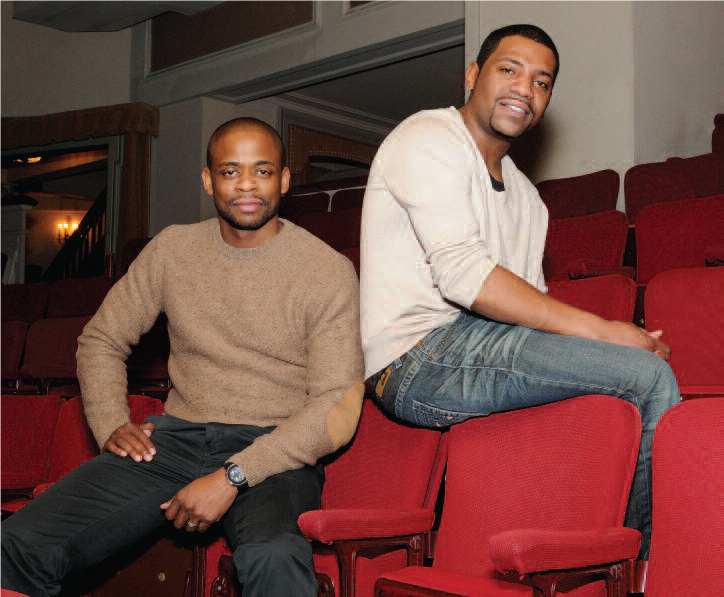
Photo courtesy of Nadine Raphael
DH: It did. So to all the people out there, I say just because you mess up on one thing doesn’t mean it’s the end of the world.
EDGE: Back to Stick Fly—Dulé, how does this cast compare to some of the others you’ve worked with?
DH: One of the perks of being in this business is just the camaraderie that exists with the people we work with. That’s what makes a show like Psych successful. These people are really good at what they do. And they also happen to be really nice people—people that you want to hang with and have drinks with later. Look at Stick Fly. When you work with actors like Ruben Santiago-Hudson, Tracie Thoms, Rosie Benton—they challenge you just to step up to another level. Ruben is a bona fide professional veteran, Tony Award winner and dynamic actor. You can’t half-step it with Ruben. It’s not going to happen. They’re all phenomenal actors. Then you get blessed to be in a situation where you’re seeing someone like Condola Rashad—someone who is already great, but her career is just getting started. I’m really honored to be on the stage with her. She’s knocking it out of the park now, but in ten, fifteen years I truly believe I will be saying that I was a part of her journey to greatness.
EDGE: What does your director, Kenny Leon, bring to the show, and how might someone in the audience at Stick Fly experience that?
MP: Kenny brings a realism to it. I’ve been to many Broadway shows and the worst thing in the world is to sit there and you’re bored out of your mind. You start fidgeting, you start falling asleep. Kenny not only stresses pace, but telling a story and being good at what you do as an actor. A good analogy would be a dog race. We, the actors, are the rabbit. The audience is the dog. We want them to come up to our speed, and I think we succeed. Doing a play is a totally different machine when it comes to directing. I love Kenny’s direction.
DH: I have to say that most of the directors I have had a chance to work with have been brilliant. But there are things about Kenny that remind me of George Wolf, the director of Bring in ‘da Noise, Bring in ‘da Funk. They are both very specific about every little detail. Everything we’re doing on stage in Stick Fly is meant to draw the audience’s attention to where Kenny wants it to be. That’s cool, because sometimes as an actor you forget those things.
Editor’s Note: Zack Burgess writes about politics, sports and culture for a variety of publications and web sites. You can read his work at zackburgess.com.
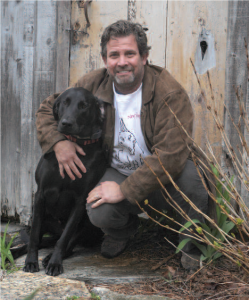



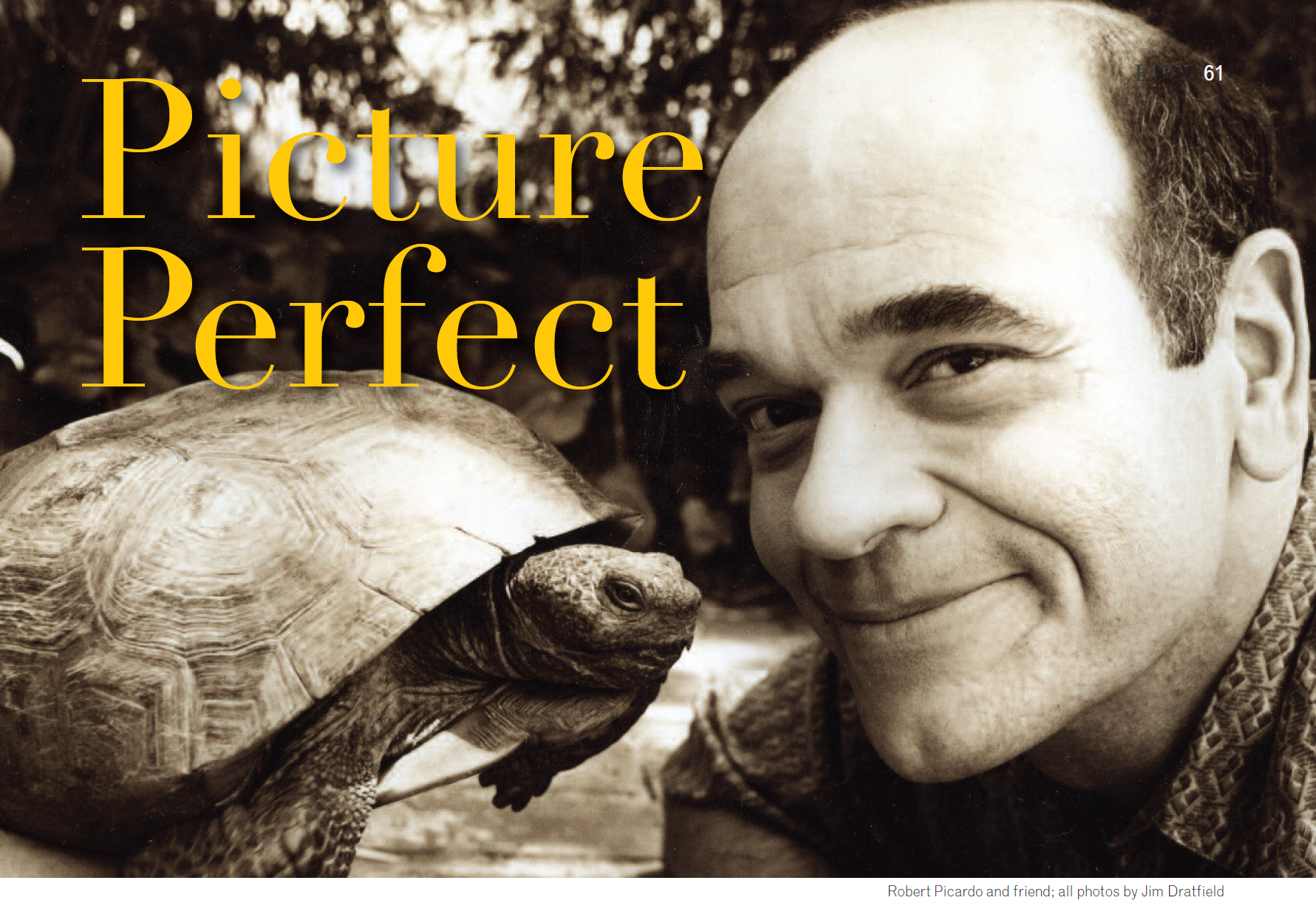
 A LITTLE HISTORY Gaming wasn’t much of an issue when it began in the 1970s. In fact, the word gaming itself did not yet exist. Pong and Space Invaders could be found in arcades and bars, fascinating the quarter-pushers, but the appeal proved limited. However, a new culture had been born. Indeed, 10 years later, Nintendo consoles were everywhere, and games like Donkey Kong, Super Mario Bros., Zelda, and Metroid had parents enforcing strict bedtimes for their prepubescent offspring. The video game industry continued to grow, technologically and financially, as it entered the 21st century. With the doubling of computer power every few years, games had become more complex, more sophisticated and more addictive. And the money being spent on video games by the public was absolutely staggering. Grand Theft Auto IV was released in 2008 and sold six million units, grossing $500 million, in its first week of release. Game developers, now working with squads of brilliant artists, writers, and coders, had tapped into a demand that would have been unimaginable just a few years earlier. Games were modified to be playable not only on hot-selling consoles like Xbox and PlayStation, but on home computers, laptops, tablets and, inevitably, smartphones. With these remarkable advances came a backlash. The assaults came from many quarters—gaming was blamed for teen violence, plummeting verbal abilities, rampaging obesity, and plagues of ADHD, autism and pathological solipsism. College grads, who “should have been” out looking for jobs and spouses, were locking themselves in their darkened rooms with enormous supplies of tortilla chips and diet soda, playing everything from the latest John Madden NFL (total sales for the series estimated at $3 billion) to Guitar Hero, Tiger Woods Golf or Call of Duty.
A LITTLE HISTORY Gaming wasn’t much of an issue when it began in the 1970s. In fact, the word gaming itself did not yet exist. Pong and Space Invaders could be found in arcades and bars, fascinating the quarter-pushers, but the appeal proved limited. However, a new culture had been born. Indeed, 10 years later, Nintendo consoles were everywhere, and games like Donkey Kong, Super Mario Bros., Zelda, and Metroid had parents enforcing strict bedtimes for their prepubescent offspring. The video game industry continued to grow, technologically and financially, as it entered the 21st century. With the doubling of computer power every few years, games had become more complex, more sophisticated and more addictive. And the money being spent on video games by the public was absolutely staggering. Grand Theft Auto IV was released in 2008 and sold six million units, grossing $500 million, in its first week of release. Game developers, now working with squads of brilliant artists, writers, and coders, had tapped into a demand that would have been unimaginable just a few years earlier. Games were modified to be playable not only on hot-selling consoles like Xbox and PlayStation, but on home computers, laptops, tablets and, inevitably, smartphones. With these remarkable advances came a backlash. The assaults came from many quarters—gaming was blamed for teen violence, plummeting verbal abilities, rampaging obesity, and plagues of ADHD, autism and pathological solipsism. College grads, who “should have been” out looking for jobs and spouses, were locking themselves in their darkened rooms with enormous supplies of tortilla chips and diet soda, playing everything from the latest John Madden NFL (total sales for the series estimated at $3 billion) to Guitar Hero, Tiger Woods Golf or Call of Duty.





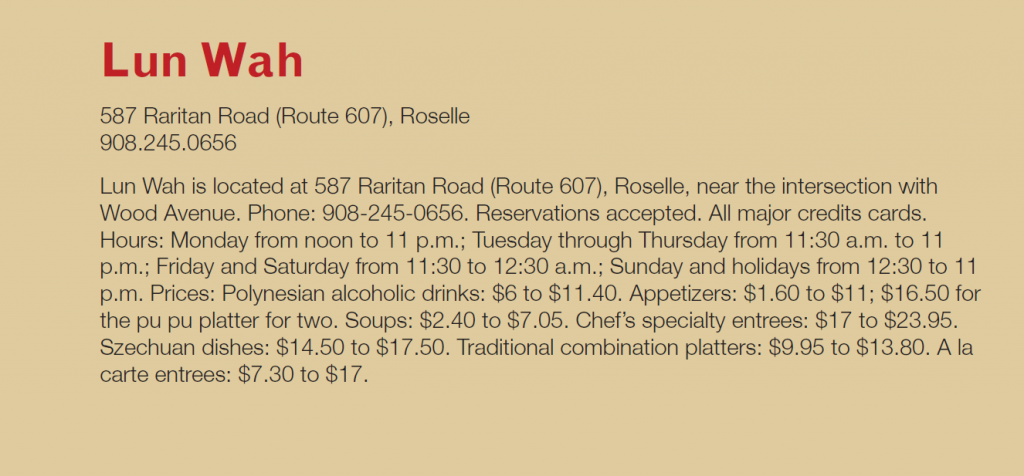



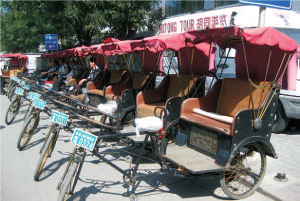 eijing’s restaurant scene is cosmopolitan. Indeed, when I asked my second-day guide, Clark Du, where I could sample a “typical” Beijing meal, he shrugged. He and his friends typically ate Italian or Japanese. I had good luck food-wise on my return to Beijing. In the spirit of full disclosure, I should mention that I stayed at the new Ritz-Carlton in the Financial District. The room was clean and sleekly comfortable and the food was very good. However, Chinese food still can range from good to bad to ugly. That being said, each meal—from the budget Jya-jiang noodles in a Hutong restaurant, to the steaming bamboo baskets of pork and crab dumplings in a fluorescent-lit shopping mall, to the bean curd and seafood served in a former Imperial garden by waitresses in Manchu robes—has its rewards. You do need to be choosy when dining out, as some aspects of Chinese food—and restaurant hygiene—are not for the meek. As a rule, I suggest staying away from spare parts.
eijing’s restaurant scene is cosmopolitan. Indeed, when I asked my second-day guide, Clark Du, where I could sample a “typical” Beijing meal, he shrugged. He and his friends typically ate Italian or Japanese. I had good luck food-wise on my return to Beijing. In the spirit of full disclosure, I should mention that I stayed at the new Ritz-Carlton in the Financial District. The room was clean and sleekly comfortable and the food was very good. However, Chinese food still can range from good to bad to ugly. That being said, each meal—from the budget Jya-jiang noodles in a Hutong restaurant, to the steaming bamboo baskets of pork and crab dumplings in a fluorescent-lit shopping mall, to the bean curd and seafood served in a former Imperial garden by waitresses in Manchu robes—has its rewards. You do need to be choosy when dining out, as some aspects of Chinese food—and restaurant hygiene—are not for the meek. As a rule, I suggest staying away from spare parts. ere was hoopla about a funny story on Chinese food, sanitation and hygiene written by David Sedaris. To be sure, the non-hotel toilets can be daunting and require strong glutes and thighs. Use your imagination. Also, it’s a smart idea to carry you own tissue in case there’s a run on toilet paper. On the bright side, I think that, thanks to the Olympics, the Chinese have cleaned up their act with respect to uncovered hacking, phlegm-spitting and allowing babies to defecate in the streets. At least I didn’t notice it this trip. To many the hygiene is a deal-stopper, but to me, I say Vive la Difference. It’s all part of the great adventure that is China.
ere was hoopla about a funny story on Chinese food, sanitation and hygiene written by David Sedaris. To be sure, the non-hotel toilets can be daunting and require strong glutes and thighs. Use your imagination. Also, it’s a smart idea to carry you own tissue in case there’s a run on toilet paper. On the bright side, I think that, thanks to the Olympics, the Chinese have cleaned up their act with respect to uncovered hacking, phlegm-spitting and allowing babies to defecate in the streets. At least I didn’t notice it this trip. To many the hygiene is a deal-stopper, but to me, I say Vive la Difference. It’s all part of the great adventure that is China.






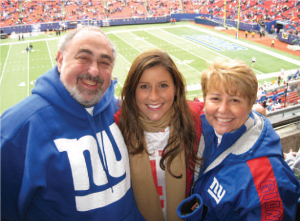
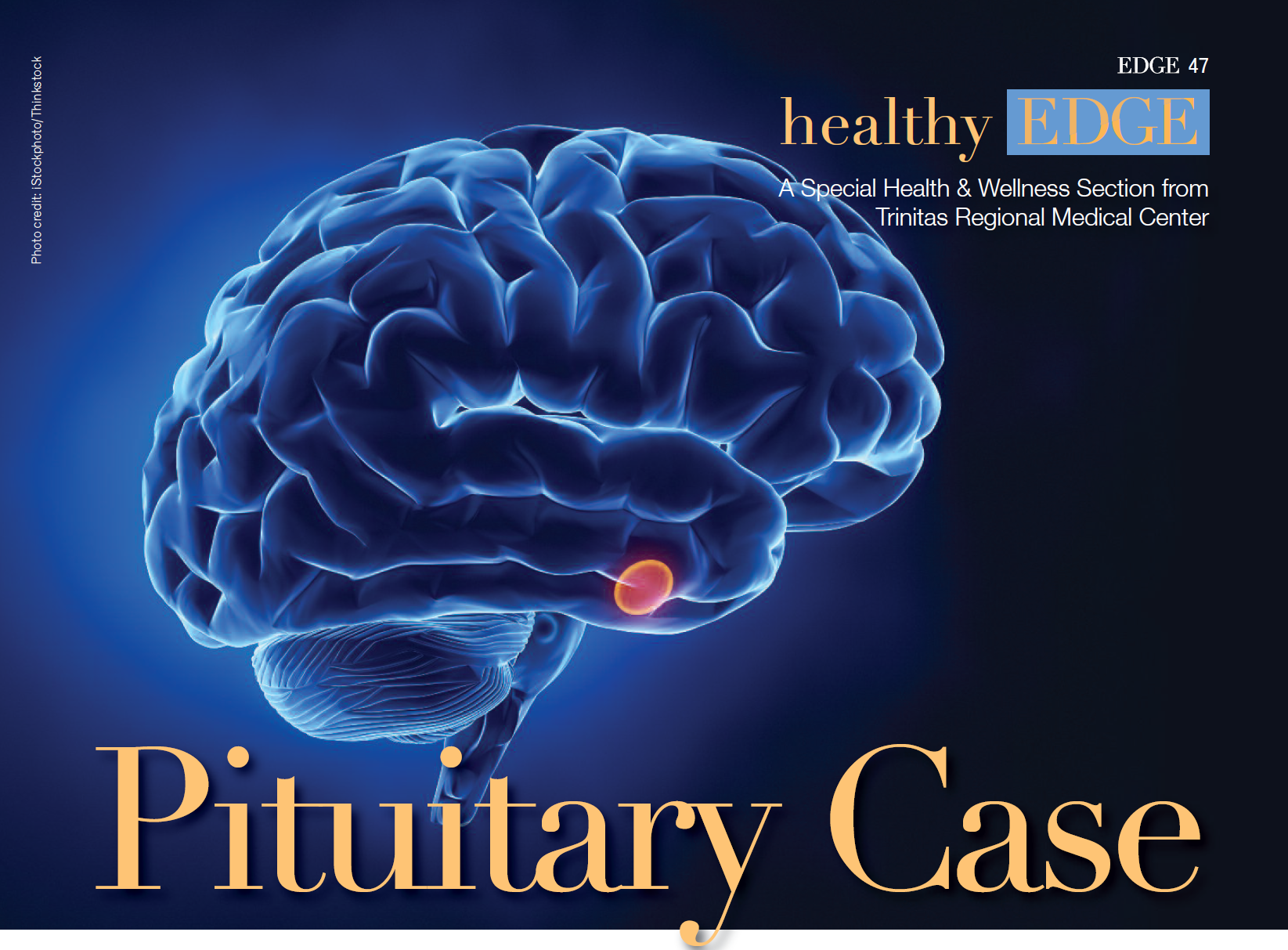

 You may have heard some encouraging news over the holidays about the fight against HIV/AIDS. The United Nations announced that both AIDS-related deaths and new HIV infections have dropped to their lowest levels since the peak of the epidemic in the 1990s. Worldwide, new infections have dropped 21% since 1997 and deaths were down 21% since 2005. Researchers credit a combination of things for the dramatic improvements, including scientific breakthroughs, access to treatment, better political leadership and social change. The UN report also noted that HIV-infected individuals are also living longer.
You may have heard some encouraging news over the holidays about the fight against HIV/AIDS. The United Nations announced that both AIDS-related deaths and new HIV infections have dropped to their lowest levels since the peak of the epidemic in the 1990s. Worldwide, new infections have dropped 21% since 1997 and deaths were down 21% since 2005. Researchers credit a combination of things for the dramatic improvements, including scientific breakthroughs, access to treatment, better political leadership and social change. The UN report also noted that HIV-infected individuals are also living longer. abdominal cramping underscores the importance of catching colon cancer in its early stages. This individual, who was literally surrounded by doctors every day, put off a visit to his GP until the condition became unbearable. When he finally had it checked out, he was diagnosed with metastatic inoperable carcinoma of the colon. Colon cancer is the third leading cause of cancer-related death for both men and women. Yet it is 95 percent curable if diagnosed before symptoms arise. Most colorectal cancer begins as a non-cancerous (benign) adenoma or polyp (abnormal growth) that develops on the lining of the colon or rectum. Polyps can be removed to significantly reduce the risk of cancer.
abdominal cramping underscores the importance of catching colon cancer in its early stages. This individual, who was literally surrounded by doctors every day, put off a visit to his GP until the condition became unbearable. When he finally had it checked out, he was diagnosed with metastatic inoperable carcinoma of the colon. Colon cancer is the third leading cause of cancer-related death for both men and women. Yet it is 95 percent curable if diagnosed before symptoms arise. Most colorectal cancer begins as a non-cancerous (benign) adenoma or polyp (abnormal growth) that develops on the lining of the colon or rectum. Polyps can be removed to significantly reduce the risk of cancer. E-Shoppers Under the Influence One of the most unusual trends to emerge this past holiday season was a sharp rise in “drunk shopping.” Drunk shopping is exactly what it sounds like. People have a couple of drinks, go online, and start buying things they normally wouldn’t. E-tailers know this is happening. They can tell when someone orders 10 of something instead of one—they have impatiently clicked the BUY button too many times. Another sign is when shoppers botch selections from a drop-down menu, such as which state they live in.
E-Shoppers Under the Influence One of the most unusual trends to emerge this past holiday season was a sharp rise in “drunk shopping.” Drunk shopping is exactly what it sounds like. People have a couple of drinks, go online, and start buying things they normally wouldn’t. E-tailers know this is happening. They can tell when someone orders 10 of something instead of one—they have impatiently clicked the BUY button too many times. Another sign is when shoppers botch selections from a drop-down menu, such as which state they live in. risk of miscarriage, underweight birth, or diminished IQ for her baby. Doctors know to treat severe cases with hormone medication, but there is a growing debate about how to handle milder “gray-area” cases. Roughly a quarter of pregnant women receive a thyroid blood test whether they have symptoms or not. Testing lab Quest Diagnostics recently reported that about 15% of the expectant mothers it tested showed signs of an underactive thyroid, which surprised many. An underactive thyroid (aka hypothyroidism) slows body functions, causing such problems as fatigue, weight gain and depression.
risk of miscarriage, underweight birth, or diminished IQ for her baby. Doctors know to treat severe cases with hormone medication, but there is a growing debate about how to handle milder “gray-area” cases. Roughly a quarter of pregnant women receive a thyroid blood test whether they have symptoms or not. Testing lab Quest Diagnostics recently reported that about 15% of the expectant mothers it tested showed signs of an underactive thyroid, which surprised many. An underactive thyroid (aka hypothyroidism) slows body functions, causing such problems as fatigue, weight gain and depression. to protect themselves by staying slim and active, focusing on healthful, natural foods, and avoiding the disease-causing foods common in the standard American diet. According to Dr. Joel Fuhrman, author of Super Immunity, the keys to a cancer-resisting diet include getting your folic acid from green vegetables (as opposed to the synthetic type contained in multivitamins and prenatal vitamins); taking a daily dose of ground flaxseed (which contains estrogen-blocking lignans); eating your GOMBBS (greens, onions, mushrooms, beans, berries and seeds); minimizing the consumption of meat, fish and dairy products, and avoiding white flour and sugars.
to protect themselves by staying slim and active, focusing on healthful, natural foods, and avoiding the disease-causing foods common in the standard American diet. According to Dr. Joel Fuhrman, author of Super Immunity, the keys to a cancer-resisting diet include getting your folic acid from green vegetables (as opposed to the synthetic type contained in multivitamins and prenatal vitamins); taking a daily dose of ground flaxseed (which contains estrogen-blocking lignans); eating your GOMBBS (greens, onions, mushrooms, beans, berries and seeds); minimizing the consumption of meat, fish and dairy products, and avoiding white flour and sugars.















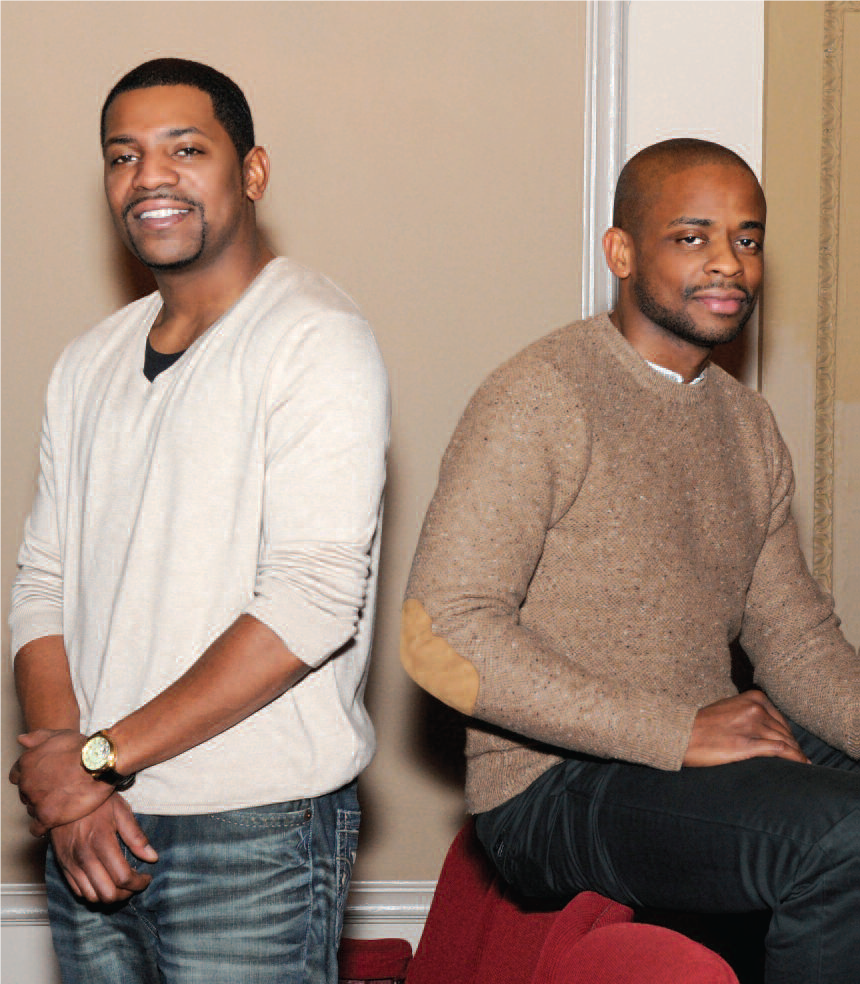

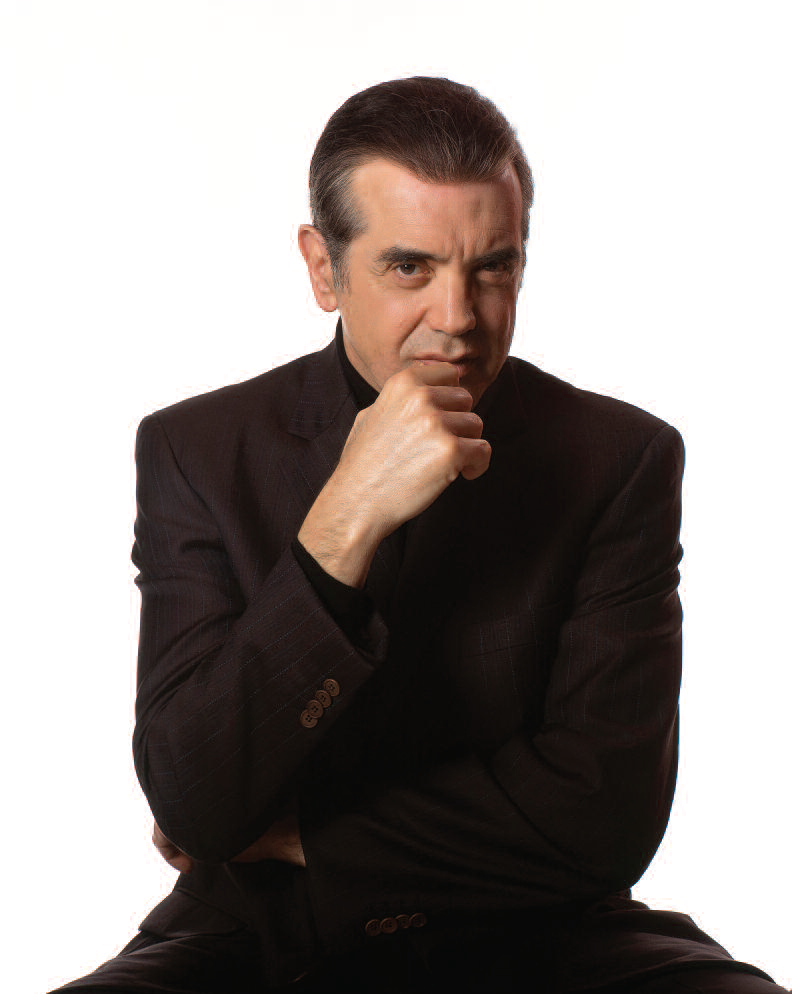
 Frank, who legend has it wanted to be buried with a slice of owner Louise Esposito’s banana cream pie, who knew the secret behind the name of the world-renowned restaurant, and who just might be its unofficial mascot, invariably greets diners who descend into the basement and keeps crooning all night long. Those diners might be Jay-Z and Beyonce. They might be members of the cast of The Sopranos. They might be sports stars. They might be good old Jersey boy rock stars such as Jon Bon Jovi. You don’t believe these folks, plus heads of state and of Fortune 500 companies, hurdle the hoops of the reservation process to score a table in the cramped, cluttered, completely charismatic low-ceilinged, dimly lit dining spaces where vintage Italian nonna fare is served alongside a handful of improbable-sounding original Esposito dishes? They do.
Frank, who legend has it wanted to be buried with a slice of owner Louise Esposito’s banana cream pie, who knew the secret behind the name of the world-renowned restaurant, and who just might be its unofficial mascot, invariably greets diners who descend into the basement and keeps crooning all night long. Those diners might be Jay-Z and Beyonce. They might be members of the cast of The Sopranos. They might be sports stars. They might be good old Jersey boy rock stars such as Jon Bon Jovi. You don’t believe these folks, plus heads of state and of Fortune 500 companies, hurdle the hoops of the reservation process to score a table in the cramped, cluttered, completely charismatic low-ceilinged, dimly lit dining spaces where vintage Italian nonna fare is served alongside a handful of improbable-sounding original Esposito dishes? They do. didn’t fly in because even the leftovers couldn’t fit in an airplane’s overhead compartment, pasta awash in a “blush” sauce that combines ricotta and marinara, and Louise Esposito’s pies, each of which—and there are a good couple dozen—have their own ardent legions of fans. I’ll throw my support behind the coconut-pecan ricotta pie, but we’ll discuss later. First, the hype surrounding Chef Vola’s is exaggerated. Yes, the phone number remains unlisted in a phone-book sense of listing numbers. But you have it here and you can find it if you have basic-level Internet skills. Second, you can get a reservation. As with many extremely popular restaurants, you simply have to plan ahead, call ahead and not expect a table at 8 on a Saturday night.
didn’t fly in because even the leftovers couldn’t fit in an airplane’s overhead compartment, pasta awash in a “blush” sauce that combines ricotta and marinara, and Louise Esposito’s pies, each of which—and there are a good couple dozen—have their own ardent legions of fans. I’ll throw my support behind the coconut-pecan ricotta pie, but we’ll discuss later. First, the hype surrounding Chef Vola’s is exaggerated. Yes, the phone number remains unlisted in a phone-book sense of listing numbers. But you have it here and you can find it if you have basic-level Internet skills. Second, you can get a reservation. As with many extremely popular restaurants, you simply have to plan ahead, call ahead and not expect a table at 8 on a Saturday night.





 Calderon, Ed. D—the museum’s Director of Science and curator of Generation Fit—gave EDGE a tantalizing sneak peek. Calderon calls it an exploratory space, and that it is. But here’s the clever part—as kids explore the interactive exhibits, lessons of healthy eating, the benefits of exercise and a profound awareness of their own bodies start to sink in.
Calderon, Ed. D—the museum’s Director of Science and curator of Generation Fit—gave EDGE a tantalizing sneak peek. Calderon calls it an exploratory space, and that it is. But here’s the clever part—as kids explore the interactive exhibits, lessons of healthy eating, the benefits of exercise and a profound awareness of their own bodies start to sink in.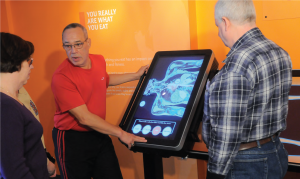 interactive display provides feedback on whether the selected meal is sufficiently balanced. It also provides alternative food choices. As you work your way around the exhibit hall, you’ll encounter the Label Decoder, Sugar Detective, Dollars and Scents, Know Your BMI, Exertainment and FIT Center (FIT is an acronym for frequency, intensity & time). You can probably make an educated guess at what each offers, and you’d be right. The key thing here is that Calderon (left) has seen to it that each section over-delivers. Two good things to know about Generation Fit. First, to avoid the chaos and disorder that sometimes diminish other interactive children’s exhibits, the Newark Museum will probably be time-ticketing the exhibit. This is a great idea. Call ahead to get details on this. Second, the crowded times for Generation Fit will probably be between noon and 2:00 pm. Plan accordingly.
interactive display provides feedback on whether the selected meal is sufficiently balanced. It also provides alternative food choices. As you work your way around the exhibit hall, you’ll encounter the Label Decoder, Sugar Detective, Dollars and Scents, Know Your BMI, Exertainment and FIT Center (FIT is an acronym for frequency, intensity & time). You can probably make an educated guess at what each offers, and you’d be right. The key thing here is that Calderon (left) has seen to it that each section over-delivers. Two good things to know about Generation Fit. First, to avoid the chaos and disorder that sometimes diminish other interactive children’s exhibits, the Newark Museum will probably be time-ticketing the exhibit. This is a great idea. Call ahead to get details on this. Second, the crowded times for Generation Fit will probably be between noon and 2:00 pm. Plan accordingly.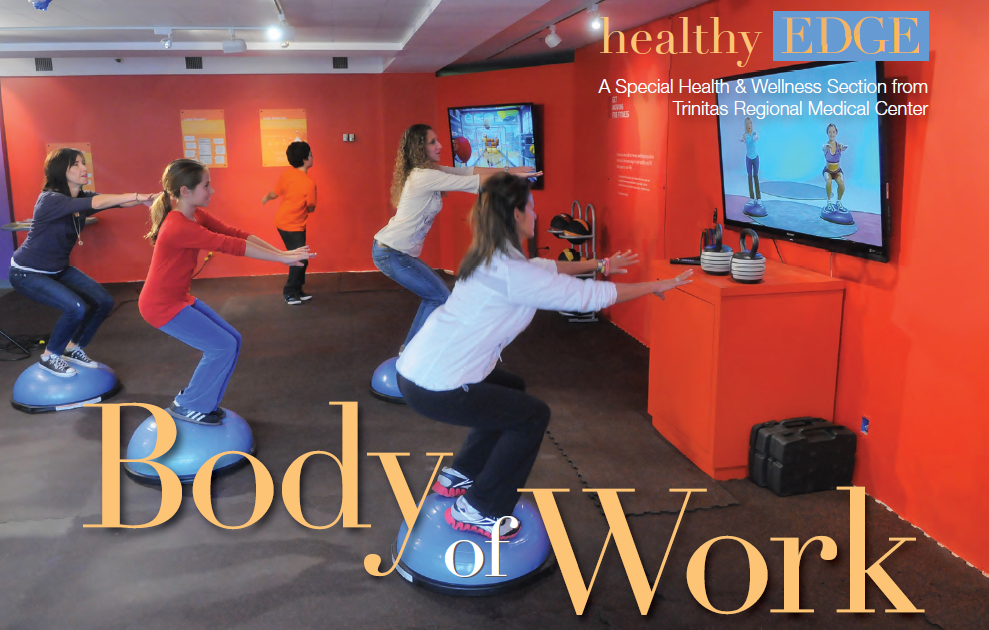
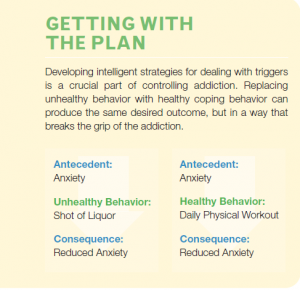 Goddard: The greater our ability to identify a trigger, the stronger we become at overcoming an addiction. Trigger awareness can help us to substitute a behavior that does not injure our health or quality of life. When we can identify our triggers it is possible to stop the negative action before it takes us over. Writing down triggers can be a first step in overcoming addictions. Sometimes we are able to overcome an addiction on our own, but sometimes it is critical to get help from a therapist, clinic or professionals that specialize in addiction.
Goddard: The greater our ability to identify a trigger, the stronger we become at overcoming an addiction. Trigger awareness can help us to substitute a behavior that does not injure our health or quality of life. When we can identify our triggers it is possible to stop the negative action before it takes us over. Writing down triggers can be a first step in overcoming addictions. Sometimes we are able to overcome an addiction on our own, but sometimes it is critical to get help from a therapist, clinic or professionals that specialize in addiction.




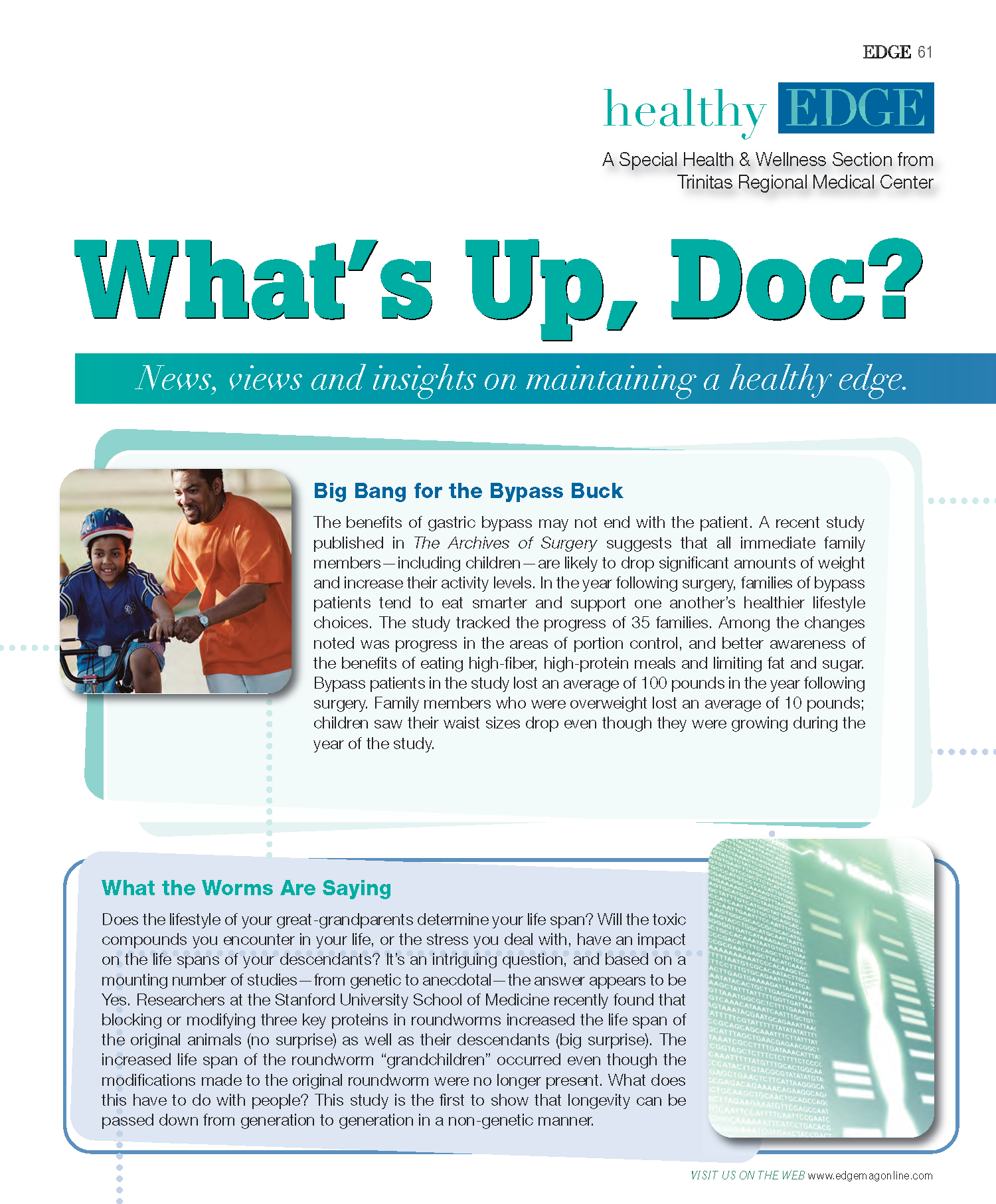
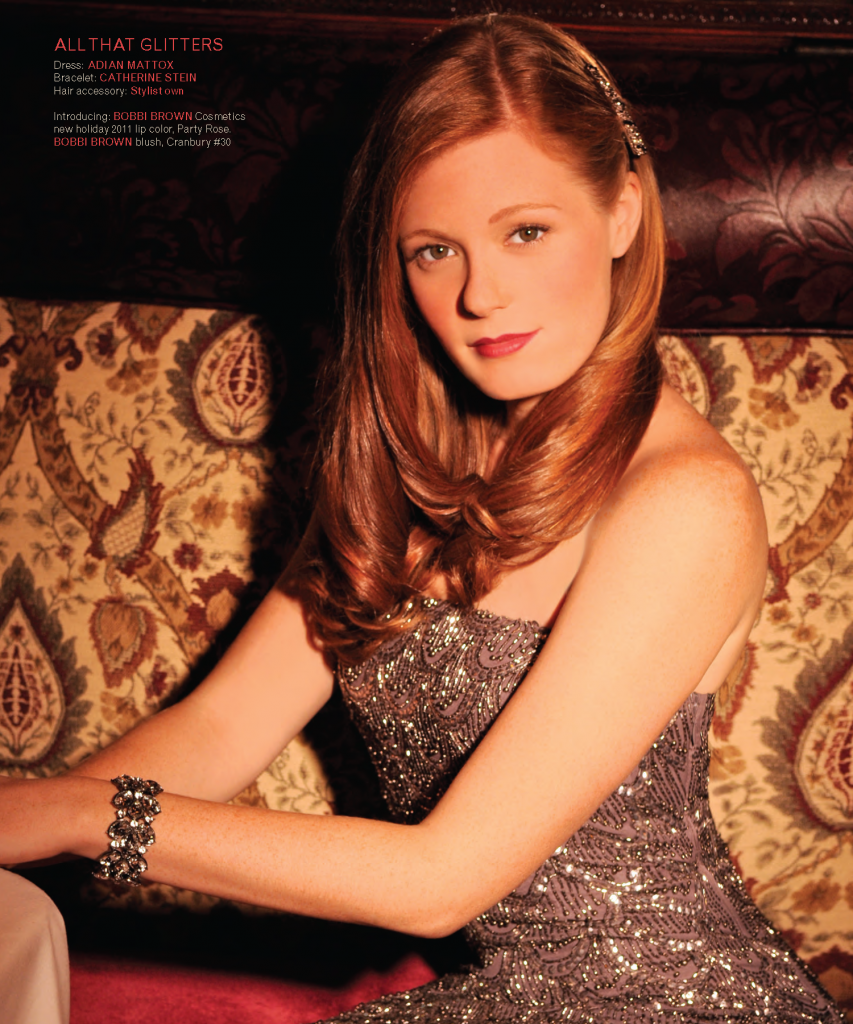


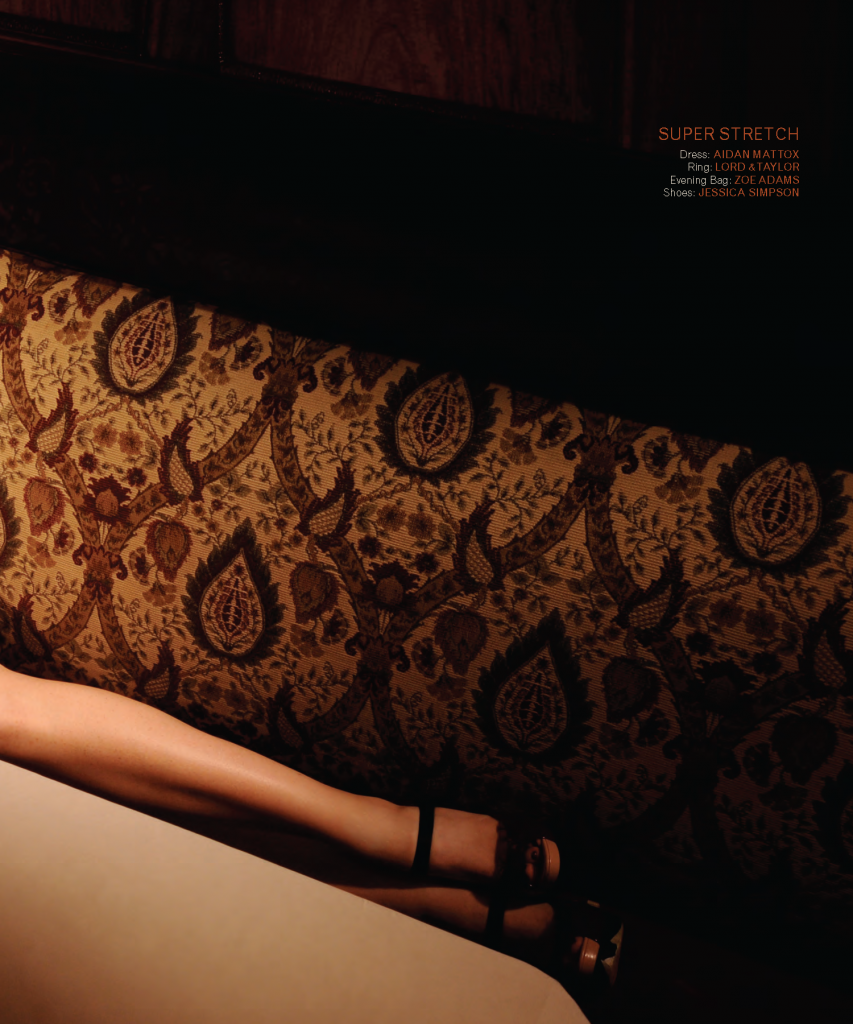


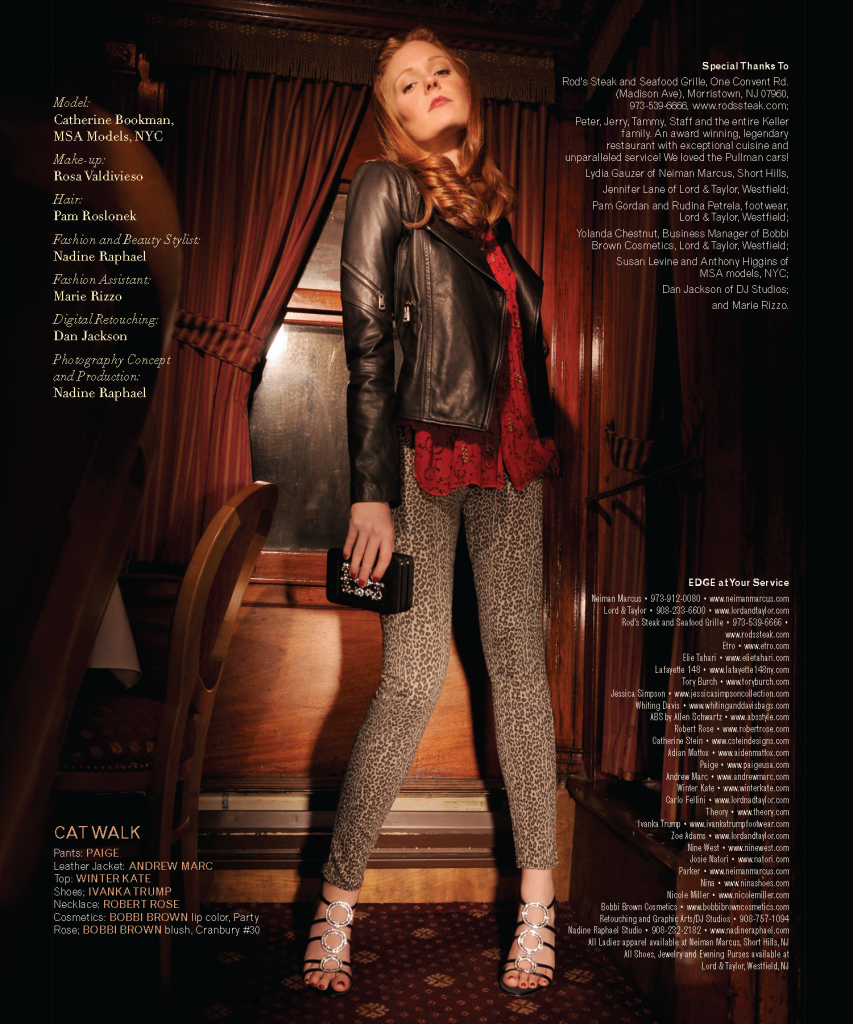
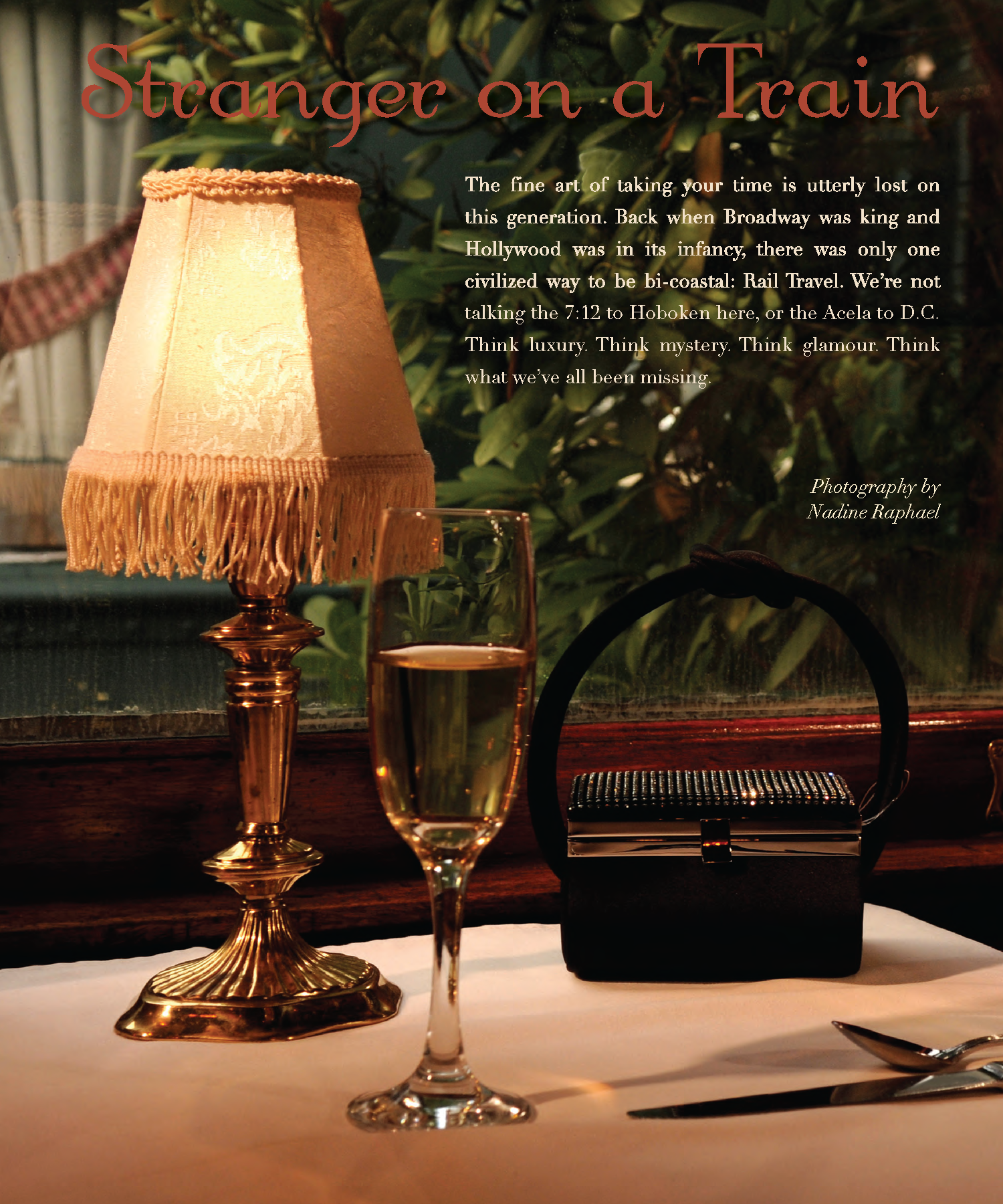
 The Envelope Please…
The Envelope Please…  No Time Like Primetime…
No Time Like Primetime…  Curtain Call
Curtain Call 